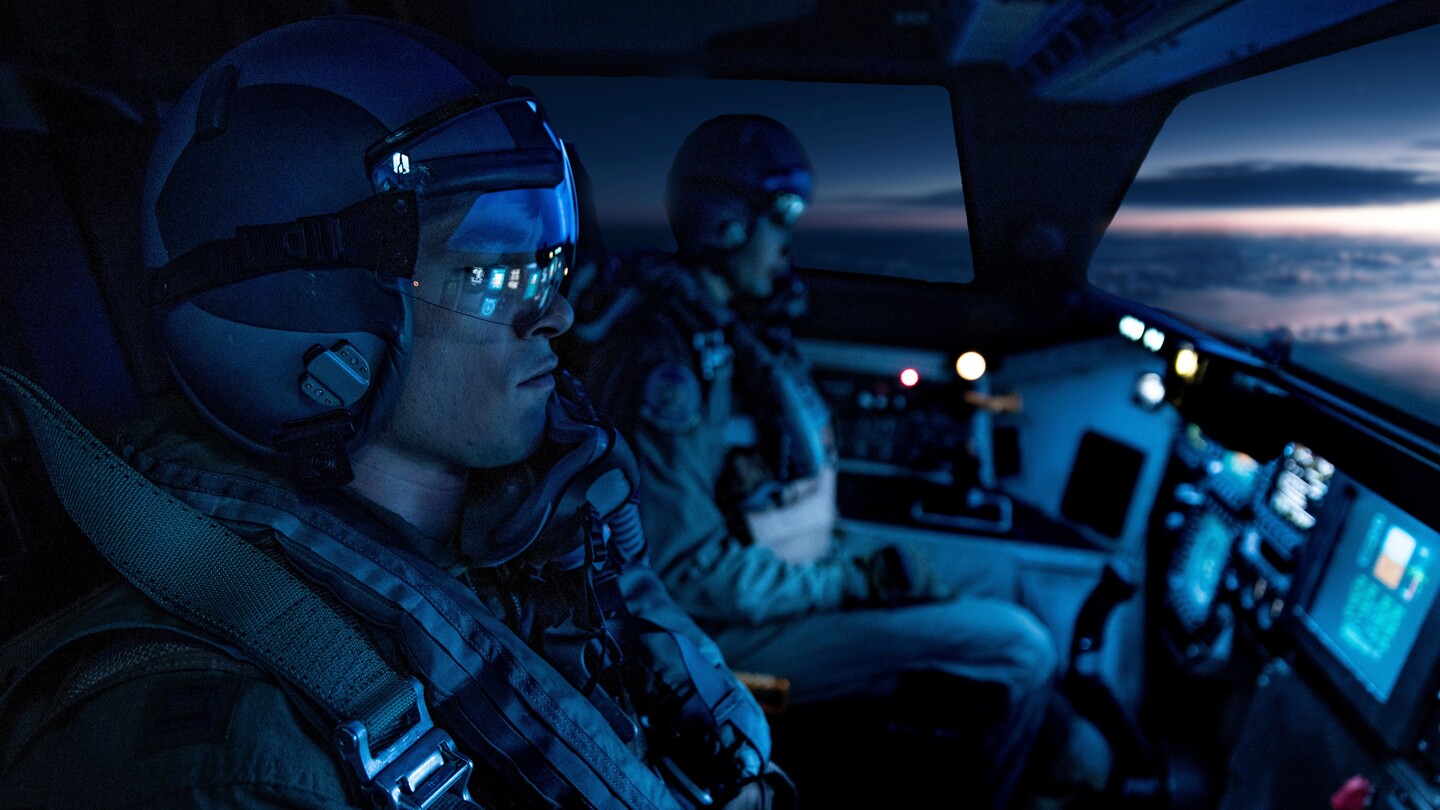Steve McQueen’s new documentary juxtaposes the past with the present and breaks the traditional narrative style to bring the facts of the holocaust into the light, writes Adrian Pennington.
t seems we’ve now arrived at a new phase of storytelling about the Nazi era. While most of those with personal experience of the Holocaust have passed on, we are left with the trickier task of recalling history.
The Zone of Interest directed by Jonathan Glazer is one such attempt to keep that history potent and fellow British filmmaker Steve McQueen has produced another fresh perspective.
In his mammoth feature documentary Occupied City, McQueen literally puts the past in a perpetual dialogue with the present. Nothing in the film, which is entirely shot in Amsterdam, contains archive stills or colourised footage or stock imagery or talking heads – none of the material of a routine documentary about WWII. Instead...
You are not signed in
Only registered users can read the rest of this article.

Behind the scenes: Hamnet
Look, lighting and camera movement were stripped back to basics by cinematographer Lukasz Żal to create the stage for Shakespeare’s personal tragedy.

Behind the scenes: The Running Man
Scenes structured like Russian nesting dolls present Editor Paul Machliss with a challenge in completing this deadly reality TV show.

TNT Sports and The Ashes: “We need to be at the heart of the story”
TNT Sports takes a hybrid approach as England’s cricket team heads down under with a sporting chance of returning with a little urn. Adrian Pennington reports.

Behind the scenes: Frankenstein
Cinematographer Dan Laustsen tells IBC365 why he and Guillermo del Toro turned the classic nightmare, Frankenstein, into a love story of ice and warmth between father and son.
Behind the scenes: Good Boy
From casting his own dog as the lead to shooting at a dog’s eye level, first-time Feature Director Ben Leonberg has perfected a filmmaking process built entirely around a pet. The result? Critical acclaim and a viral smash for horror season.

.jpg)


